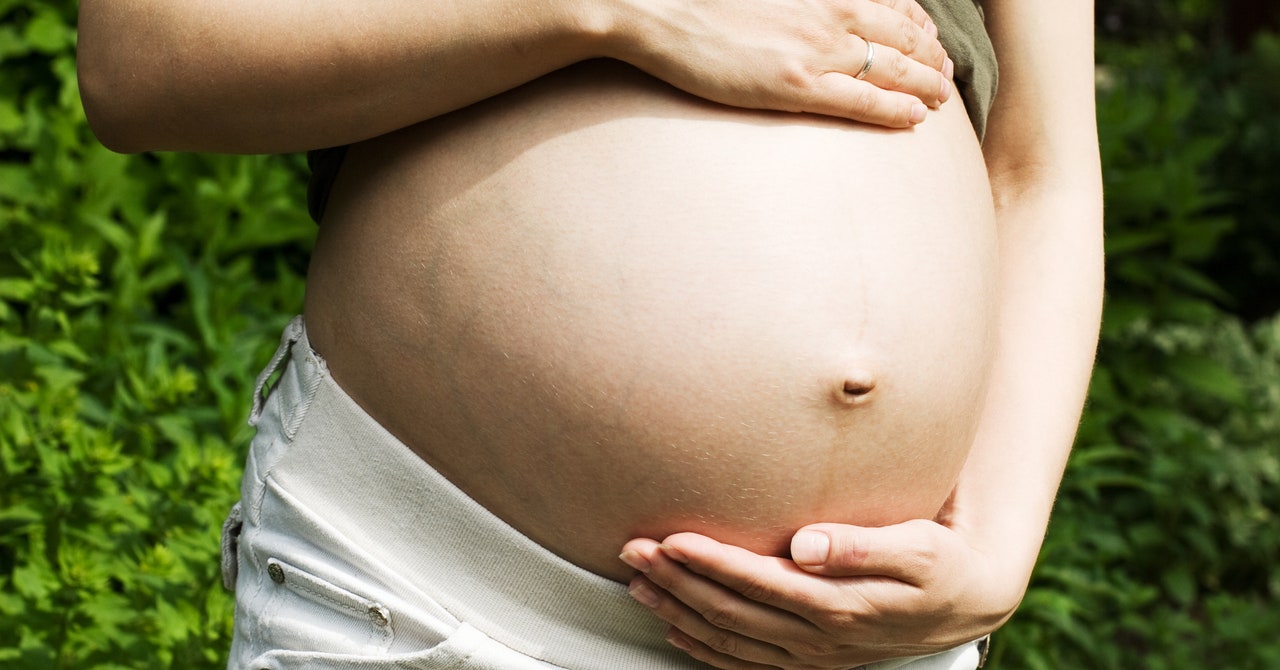
Somehow in the debate about abortion and the onset of human life, the physical reality of pregnancy has been disregarded. It isn’t just an inconvenient interlude. Pregnancy places a strain on the body, sometimes in life-altering or even perilous ways. It burdens the heart—in a literal sense. If the US Supreme Court overturns Roe v. Wade, allowing states to ban or strictly limit abortion, the number of pregnancies carried to term will rise, and so will the number of people facing the health risks of pregnancy.
The abortion conversation centers on fetal development, from the first pulsing cardiac cells to viability. Here’s what happens to the woman: By four weeks of pregnancy, her blood volume begins to rise, expanding 50 percent by the time of delivery. The heart beats faster to pump that extra blood, much of it flowing to the uterus, placenta, and kidneys. The kidneys expand in size, volume, and filtration.
Blood clotting becomes stronger, peaking before delivery, the body’s way of protecting against hemorrhage, which has always been a leading cause of childbirth-related death. But as a result of the extra clotting, compared to non-pregnant women of reproductive age, pregnant women have five times the risk of deep vein thrombosis, a painful and potentially life-threatening clot, usually in the legs. They are three times more likely to have a stroke; the risk is even higher for Black women.
In 2020, 861 women died from pregnancy-related causes, most commonly from cardiovascular events. About 60,000 women had serious childbirth-related complications, a figure that doesn’t count severe conditions that arise prenatally or in the postpartum months. About 7 percent of women develop gestational diabetes and about the same portion have gestational hypertension, which can lead to immediate as well as lifelong health problems.
Karen Florio knew all those facts well when she became pregnant at age 33. As a maternal fetal medicine doctor in Kansas City, Missouri, specializing in cardio-obstetrics, she has helped many women navigate scary medical scenarios. On occasion, she has counseled others on the option of terminating a pregnancy due to life-threatening complications. But she could not imagine that she would soon be lying in the hospital, facing her own life-or-death struggle.
Florio had been the proverbial picture of health. Before becoming pregnant, she completed an Ironman triathlon. She played college softball. She had no preexisting conditions. Then at 28 weeks of pregnancy, her blood pressure spiked to 147/97. (Normal blood pressure is 120/80 or less.) She’d noticed that her face was puffy, and that her weight gain seemed a bit high considering her careful diet. These turned out to be signs of preeclampsia, or persistent high blood pressure during pregnancy or postpartum, which occurs in 5 percent to 8 percent of all births. “I think I missed all the signs because it never occurred to me that I could get preeclampsia, even though that’s [a condition] I take care of all the time,” she says.
As Florio’s blood pressure rose to 160/100, she developed headaches and spots in her vision. When her baby was delivered by C-section at 31 weeks, mother and child ended up in separate ICUs. The preeclampsia led to brain swelling known as posterior reversible encephalopathy syndrome, or PRES.


